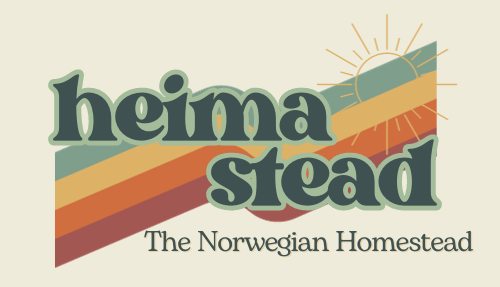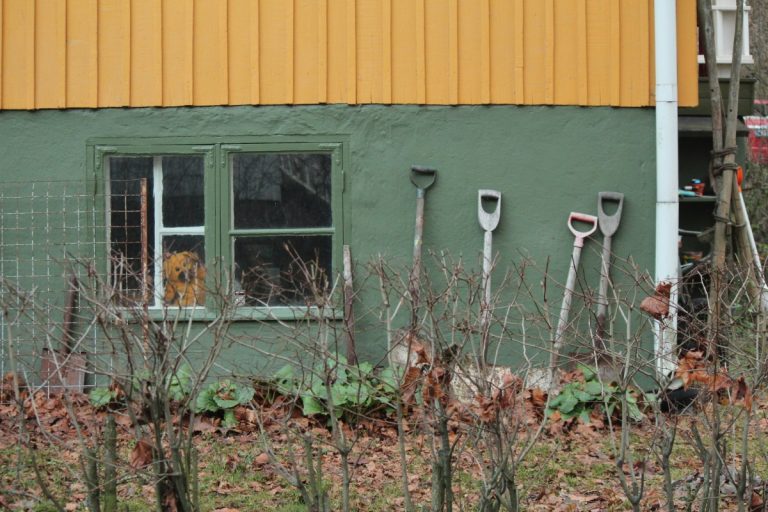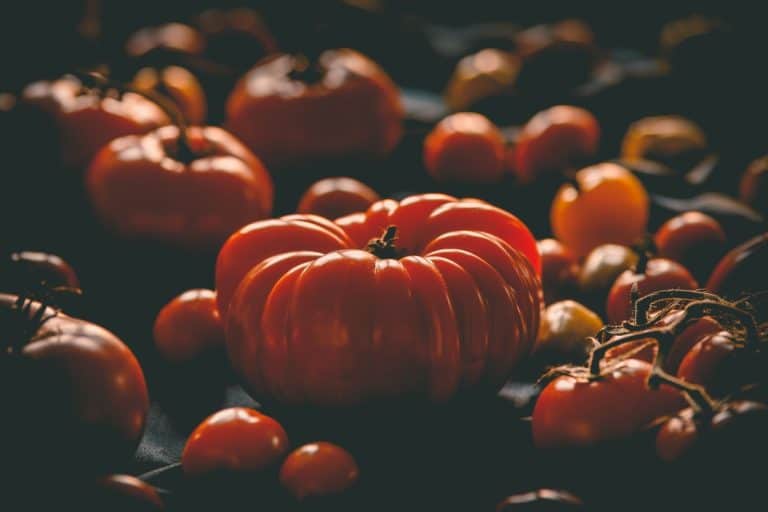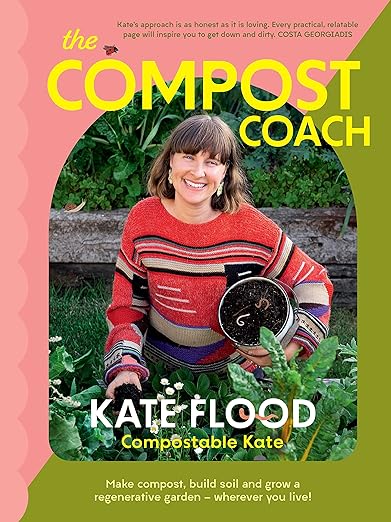Soil vs Dirt: The Difference And How To Use In Garden
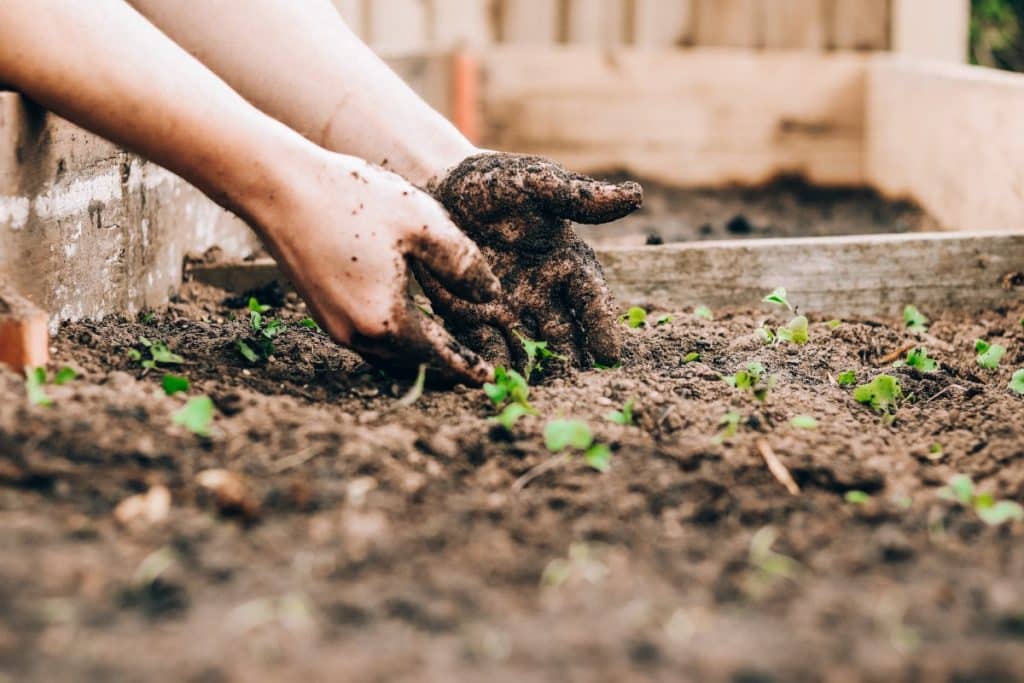
The terms soil and dirt are often used without much distinction. When actually, the two are quite different, both in composition and characteristics. So, although they might look the same to the naked eye, soil and dirt are not the same thing. Let’s take a better look at how soil vs dirt weighs up.
If you just want our quick tips on how to improve the soil biodiversity in your garden, click here! We’re also sharing links to some useful and fun soil-related links here.
Soil is an incredibly intricate living, breathing thing. Not only is it a complex ecosystem and home to a diverse community of microorganisms, but soil also contains a mixture of organic material, minerals, water, and air. Together, these components work in harmony to sustain the ecosystem and support the growth of healthy plants.
Dirt, on the other hand, is dead. Whereas soil nurtures living organisms such as bacteria, fungi, and earthworms, dirt can not sustain that kind of life. Dirt is dust in the air. It’s displaced debris, soil particles, and organic material without structure. For instance, fill dirt is what you call soil that is removed from an area that is being leveled for construction projects.
Dirt is usually found in urban areas, construction sites, and also landscapes where soil has been eroded or degraded by things like destructive farming. While dirt may look similar to soil, it lacks the fertility and diversity of a healthy soil ecosystem.
Soil vs Dirt – What do they have in common?
Sand, silt, and clay are all components that can be found in both soil and dirt. The combination of these tiny particles determines soil properties like texture and nutrient retention.
Sand, Silt and Clay
There are mainly four types of soil that can be classified based on their texture, composition, and characteristics. Below is a list of some of their key differences, including what generally grows specifically well in them.
Sandy Soil
Sandy soil has large particles with low water retention and nutrient-holding capacity, leading to fast drainage and aeration. Onions, carrots, garlic, and also strawberries grow very well in this soil.
Clay Soil
Clay soil has very fine particles, leading to high water retention but poor drainage. It can be compacted easily and is rich in beneficial nutrients. Lettuce, snap beans, broccoli, and cabbage appreciate the moisture retention capacity of the clay particles. It also likes the firm anchorage the clay provides.
Loamy Soil
Loamy soil is a mixture of sand, silt, and clay with a balance of drainage, aeration, and nutrient content. This is the holy grail of soil my friends. If you are lucky enough to have loamy soil then you can grow most things well. Tomatoes, peppers, zucchini, cucumbers, and sweet corn will be super-sweet coming from this soil.
Silt Soil
Silt soil has medium-sized particles between sand and clay, offering good drainage and fertility. Wheat, potatoes and sugar beats will do well in silt soil.
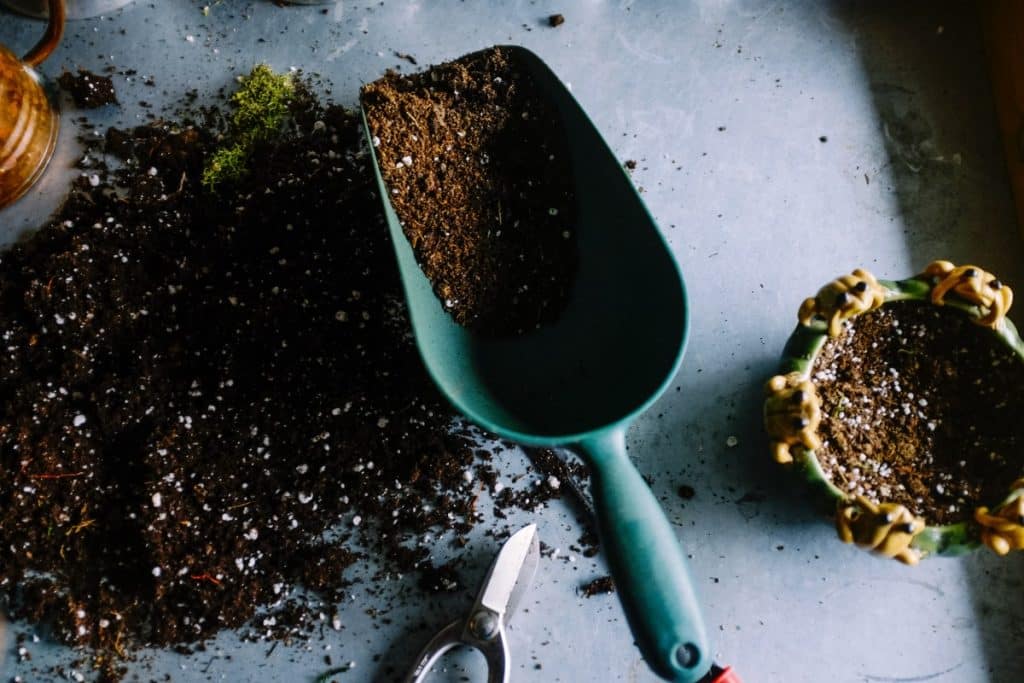
Soil vs Dirt – What is Soil?
Soil is the foundation of our agricultural systems and plays a crucial role in sustaining life on Earth. The process of soil development is an extremely slow process and involves complex interactions between geology, biology, and climate. A good way of looking at soil vs dirt is that soil is the life in your dirt.
Furthermore, soil is made up of different layers, each with distinct properties and functions. For instance, the uppermost layer of soil, known as topsoil, is the most fertile and nutrient-rich layer where most plant roots thrive. Not only that, but soil has various physical, chemical, and biological properties that influence plant growth and overall ecosystem health.
Imagine if you did like that guy Moses and, just for a minute, split a piece of land in two. You would be able to look back in time and see how weathering, erosion, and organic matter accumulation have left their mark on the constitution of the soil. You would see root systems, changing colors depending on mineral contents and composition, life crawling and digging, and all the different types of soil.
The Key Characteristics Of Soil
Nutrient Rich: Soil contains essential nutrients such as nitrogen, phosphorus, potassium, and micronutrients that healthy plants need to grow and thrive.
Organic matter: Soil is rich in organic matter, which provides a food source for soil microorganisms and improves soil structure.
Microorganisms: Soil is teeming with bacteria, fungi, earth worms, and other organisms that play a vital role in nutrient cycling and soil health.
Porosity: Soil has a porous structure that allows for the movement of water, air, and nutrients, facilitating root growth and respiration.
pH level: Healthy soil has a balanced pH level that supports nutrient availability and uptake by plants.
Soil Formation
Soil formation is a dynamic process that occurs slowly, yet constantly. First, rocks and minerals are broken down into smaller particles through physical, chemical, and biological processes. Then, these particles mix with organic matter from decaying plants and animals, helping to build the fertility of the soil.
But the soil is not the same everywhere. Several factors determine the characteristics of the soil. It’s a complex mixture of climate, topography (shape of the landscape), vegetation, and time that together shape the soil’s composition and qualities.
Healthy, naturally formed soil is pretty resistant to both drought and erosion. However, degenerative farming is severely compromising the water stability of aggregates. Water stability of aggregates is the soil’s ability to regulate the movement of air and water throughout the soil profile. Excessive tilling, vegetation removal, and heavy machinery use can break down soil structure, leading to decreased aggregation as well as increased vulnerability to water erosion.
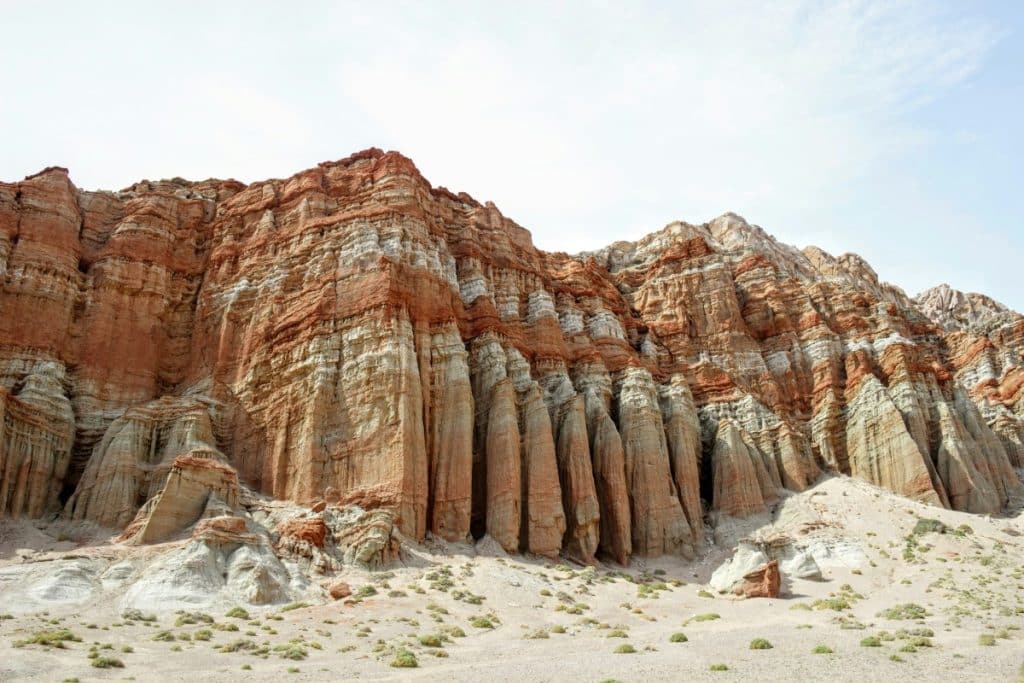
Soil Layers
Distinct horizontal layers or horizons make up the soil, each having its unique characteristics and functions. Firstly, the top layer of soil, known as the O horizon, consists of organic matter such as leaf litter and decomposing plant material. Moving down, the A horizon, or topsoil, is rich in humus, nutrients, and microorganisms important for plant growth.
Transitioning to the B horizon, or subsoil, it contains less organic matter but may have minerals leached from the layers above. As we delve deeper, the C horizon, or parent material, is the base material from which the soil develops over time. Lastly, beneath the C horizon lies the R horizon, consisting of unweathered rock.
Each horizon plays a vital role in supporting plant growth, regulating water flow, and storing nutrients. As a result, they are essential components of a healthy and productive soil system.
The Biggest Little Farm
If you haven’t already I highly urge you to check out the movie The Biggest Little Farm. Not only does it tell the beautiful story of two people who dare to dream big. But it’s full of valuable knowledge that will light a fire in your gut and take you down all sorts of rabbit holes to learn how you too can start making dreams come true.
After enduring a seven-year-long drought, the Chesters experience an 18-inch rainfall and serious floods. Their neighbors lose their topsoil entirely, but Apricot Lane Farm’s aquifer is replenished, and the cover crops save the soil.
“Soil aggregates are the building blocks of soil structure. Soil texture is the relative percentage of sand, silt, and clay in soil, but soil structure describes how those particles are arranged in the soil profile. Soil aggregates are glued together with soil organic matter, plant root exudates, and microorganisms like fungi.”
– Agvise
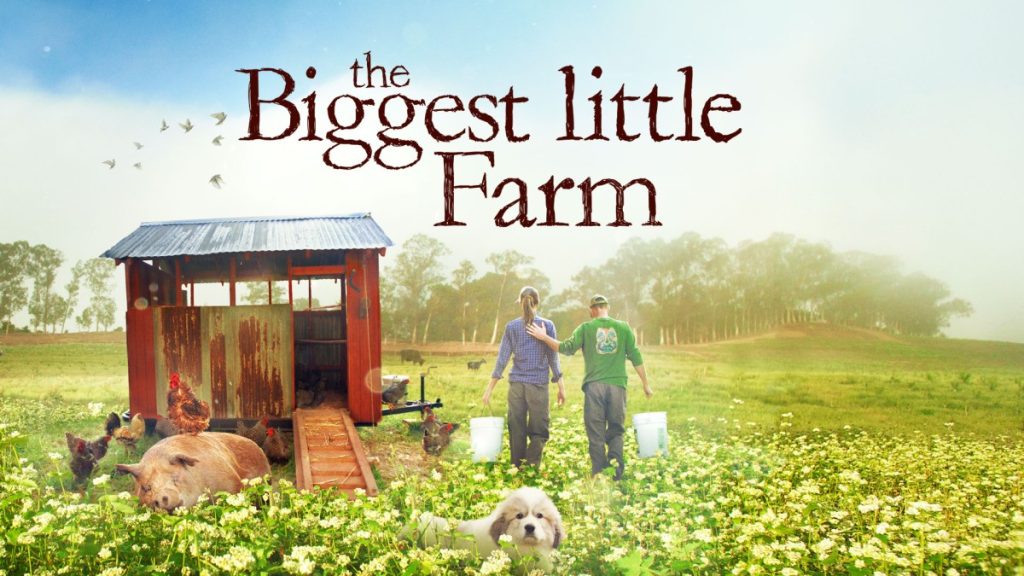
Soil Biodiversity
Soil biodiversity refers to the variety of living organisms found in soil, like bacteria, fungi, worms, and other creatures. When comparing soil vs dirt in terms of biodiversity, soil typically contains a much greater variety and abundance of organisms compared to dirt.
These organisms play essential roles in keeping the soil healthy and ecosystem functioning. For instance, bacteria and fungi break down plant material into nutrients that plants can absorb. Additionally, worms help mix up and aerate the soil, making it easier for roots to grow.
Moreover, soil biodiversity also contributes to overall biodiversity and ecosystem resilience, both above and below ground. Healthy soil supports the growth of diverse plant species. Which in turn helps to enhance the ecosystem’s ability to withstand environmental stresses and disruptions.
Quick Tips For Creating Soil Biodiversity in Your Garden
- Implement no-till farming practices to minimize disturbance to the soil. Make sure your soil is covered with mulch or plants at all times. This is an overlooked, but very important thing that will help retain moisture and nutrients in the soil.
- Start a compost bin and add kitchen scraps, yard waste, and other organic materials to create nutrient-rich compost for your garden. This is one easy way to attract beneficial microbes and insects to help break down the compost and improve soil health. Consider worm compost!
- Plant a variety of flowers, herbs, vegetables, and native plants in your garden to attract different types of pollinators, beneficial insects, and microbes.
- Encourage wildlife by putting up bat boxes and birdhouses, providing water sources, and planting flowers that attract pollinators and beneficial insects. And also, sit back and enjoy the vibrant animal and plant life.
The Soil Food Web
The soil food web is the community of organisms that live all or part of their lives in the soil. It describes how the complex living system in the soil interacts with the environment, plants, and animals living on top of the soil.
Species in an ecosystem interact and transfer energy between them through food webs. These illustrate the complex interconnected pathways of energy transfer between species compared to the single direct line of energy shown in a food chain. (see illustration).
Understanding the complexity of the soil food web is important because some soil management and growing techniques disrupt the balance of the web.
For example, pesticides are purposely designed to kill organisms and destroy part of the soil food chain, while chemical fertilizers are designed to provide nutrients directly to the plants but do not support the overall health of the soil. This means that essential microorganisms in the soil do not receive the necessary nourishment they require to thrive. Organic fertilizers work by feeding the soil.
As a result, the soil food web, which relies on these microorganisms for nutrient cycling and decomposition, may become imbalanced or disrupted. This cad to a decrease in soil fertility, a loss of biodiversity, and a reliance on external inputs to maintain plant growth.
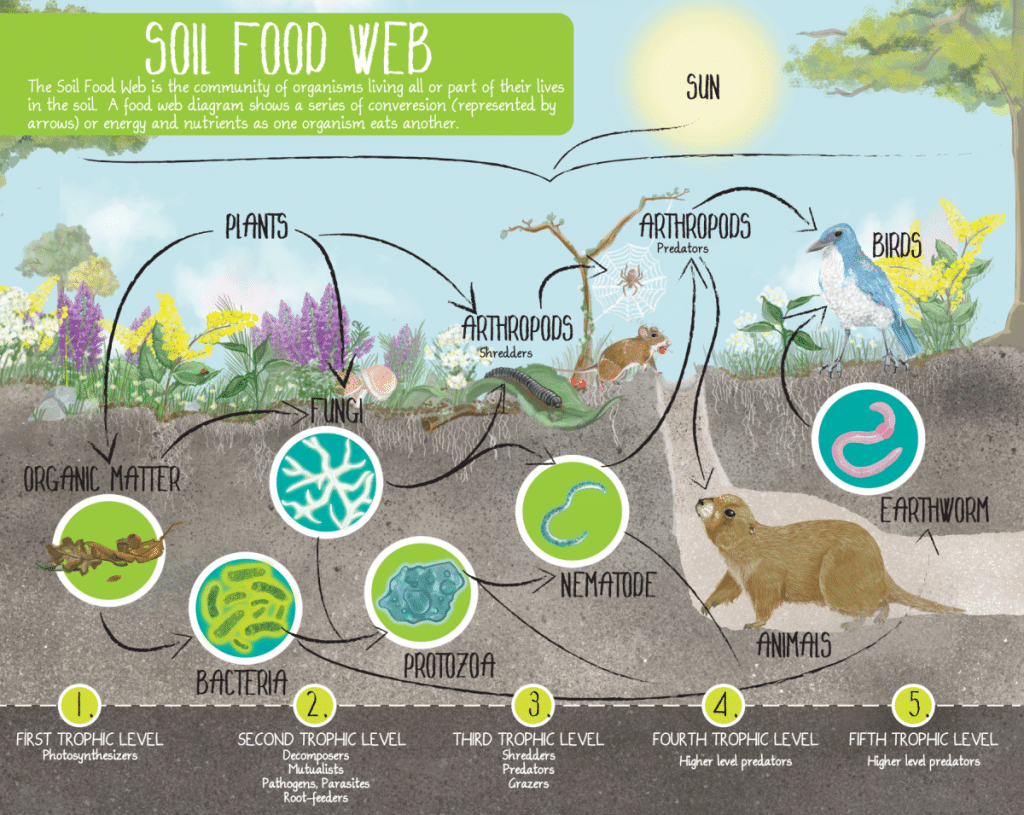
Soil & The Future
The Agricultural Revolution, followed by the Industrial Revolution, left both literal and figurative scars across the surface of the earth. Soil managers and soil scientists (pedologists) are only scratching the surface of understanding the consequences of modern farming on the health of the planet (including us).
Although big corporations continue to burn down the rainforests and deplete the soil of nutrients, some farmers work towards a better way of doing things. The good news is that you found this post, and so it’s likely that you are probably one of us.
Climate change is altering the Earth’s climate patterns, leading to longer droughts, intense storms, and also rising temperatures. These changes are impacting soil health everywhere, but especially already depleted and exposed soil. Threats to agricultural productivity endanger food security and economic stability.
As homesteaders, we can dare to choose sustainable farming practices such as crop rotation, cover cropping, and composting to improve soil health and reduce carbon emissions. By planting trees, creating wildlife habitats, and reducing our use of fossil fuels, we can help protect our environment and our soil for future generations. In particular, trees such as Oak, Black Walnut, and London Plane are excellent carbon dioxide absorbers.
We’ve made a list of the best heirloom seeds for your survival garden and where to buy them. Head over here to learn the difference between heirloom, hybrid, and GMO and find the most reputable retailers of quality seeds.
Soil vs Dirt In Your Garden
This post is already long enough, but here’s just a little list of simple things you can do this week to learn more about the soil in your garden and how you can improve it.
- Soil type test. Unless your soil is also covered by 5 feet of snow you can do this simple soil type test that just require a handful of soil. Finding out what type of soil you have can help you plan better for successful gardening.
- Garden Soil Test. Jill over at The Prairie Homestead has talked about this for years. She killed and resurrected soil, so she knows what she’s talking about. Sending off a soil sample may be the best thing you can do for both your garden and yourself this year. Different soil types require different things. Check out this post on the topic.
- Put som weed seeds in your shopping cart. When ordering your seeds this season, make sure to include some beneficial weed seeds in your cart too. Amy from Tenth Acre Farm has written this great post on weeds you do want in your garden.
- Learn about alternatives to peat moss. Although peat moss is a really (!) good gardening medium, peat bogs are important carbon sinks and should be left untouched. This article from The New York Times goes into the details and shares great alternatives to peat moss.
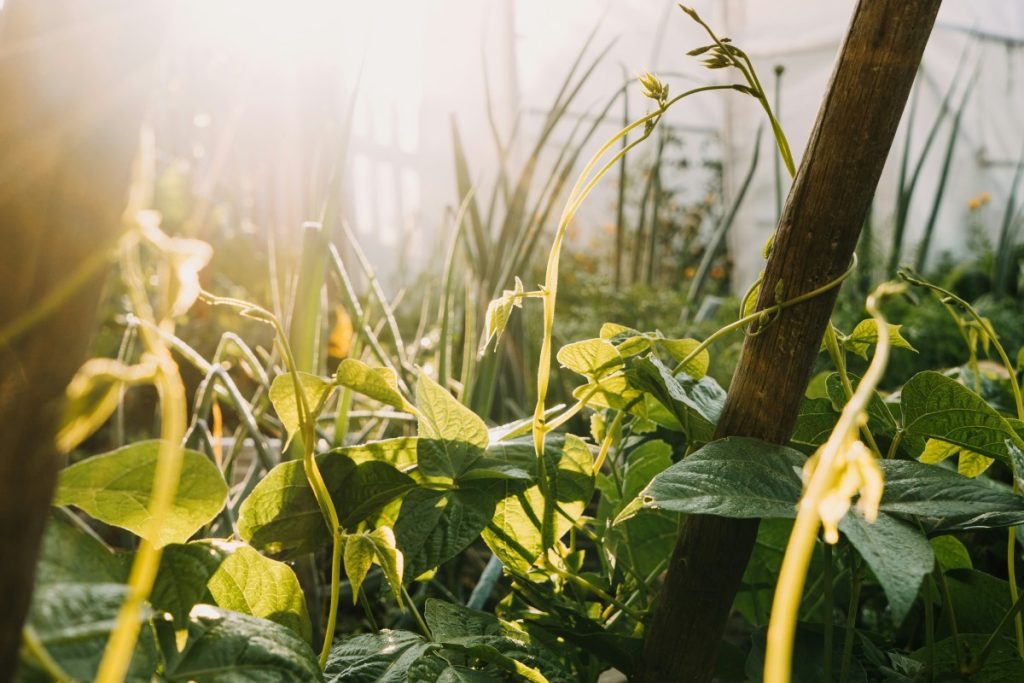
Thank You For Reading & Please Stay In Touch!
Please let me know how your garden’s growing! I’m on this journey myself (and will be for the rest of my life) and I find so much inspiration in seeing other people’s successes as well as failures. What are you doing to improve your garden soil conditions? How are you turning that annoying dirt into good soil?
Also, send me a link or a picture of a sliver of your productive garden and tell me what your favorite thing in it is! I love linking to my favorite blogs and posts, and I am always looking for new bingeworthy blogs. So if you or someone you know write about sustainable agriculture then please share so I can check them out!
